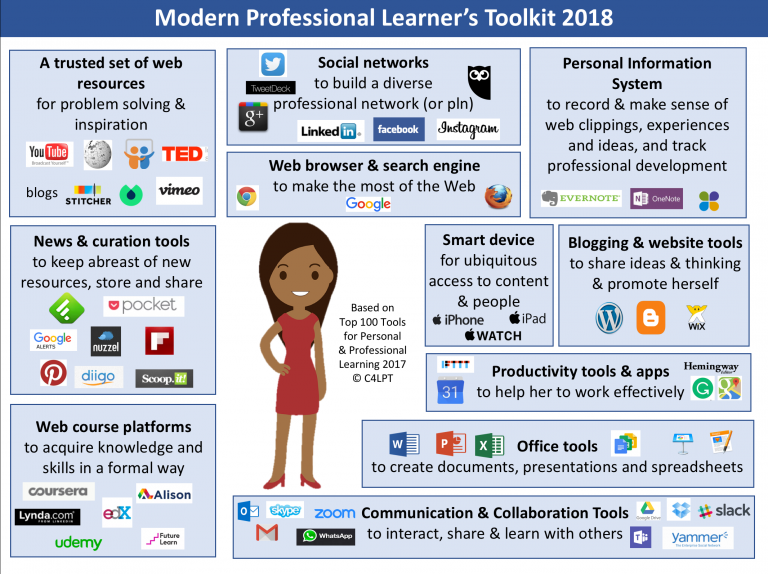As a response to my post where I offered to ‘listen’, I’ve had several comments giving me topics, and so I thought I should respond. One asked about meta-learning (learning to learn), in the particular situation of courses with a variety of expertise levels, and getting into issues of learner responsibility. The author pointed to a presentation on learning to learn, that had a nice framework, and I thought I should elaborate.
The framework mentioned talked about three stages of expertise: apprentice, journeyman (using the traditional term, is there a move to ‘journey person’ or…?), and mastery. Within these, you watch as an apprentice, practice as a journeyman, and share as a master. Which isn’t a bad approximation of the whole ‘cognitive apprenticeship‘ approach.
The article misses some nuances, of course (and the author acknowledged this). For instance, in practice, the role of deliberate practice is important, it’s not just repetition, but the ‘right’ repetition. And my commenter brought up the role of epistemological stance, that the learners need to own their own learning.
The starting point from the comment, however, was the fact that the audiences being seen varied in background knowledge; some were relative novices, others were experienced. To me, that calls for a ‘leveling’ approach. Here, you have preparatory material that you can test out of, otherwise you go through it. This helps ensure that the audience starts the learning experience with a baseline of at least language. You don’t want to be presenting content in that valuable face-to-face time!
The details involved in making learning experiences work are many. It’s about what to teach, how, how to address audience diversity, and more. It’s about meta-learning for ourselves and our learners. That’s why I advocate learning about how we learn, the cognitive science that (should) drive how we do what we do. So, who wants to learn?
